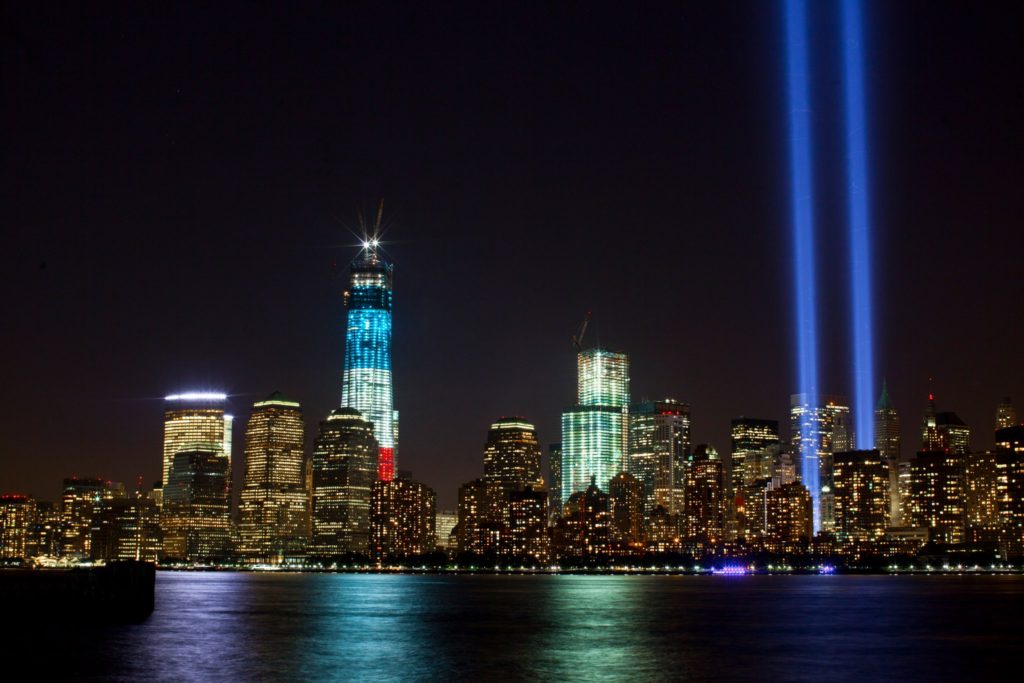
Developed and taught with Heidi Aronson Kolk.
When tragic events and public disasters occur, Americans often rush to clear the sites and erect monuments. Calls for rebuilding the World Trade Center and creating a 9/11 memorial began before the pile stopped smoking. In recent decades, commemoration (or erasure) processes have sped up, foreclosing important struggles over meaning that once took decades. This course considers various “ground zeros” past and present — sites of violence, disaster, and trauma – and the politics of memory that have shaped them. Who owns these sites? Does large-scale or impactful tragedy give the public some claim? What makes them so potent, even dreadful? Why are some “fixable,” while others are so troubling or toxic that we obliterate them? As we answer these and other questions, we consider how ground zeros are defined in spatial, cultural and political terms; how they are managed and interpreted; and what modes of remembrance, forgetting and resistance have taken place there. And what do these sites tell us about ourselves? We explore different types of sites, from the newly-formed (the QuikTrip/protest area in Ferguson) and iconic (World Trade Center) to the willfully forgotten (African Burial Ground in Manhattan, former Pruitt-Igoe site in North St. Louis) and wholly invisible (sites of the 1917 labor/race riots in East St. Louis). We devote several class sessions to on-site exploration (fieldtrips!) in and around St. Louis, and we spend several days of spring break in New York City. [AMCS 3500]
